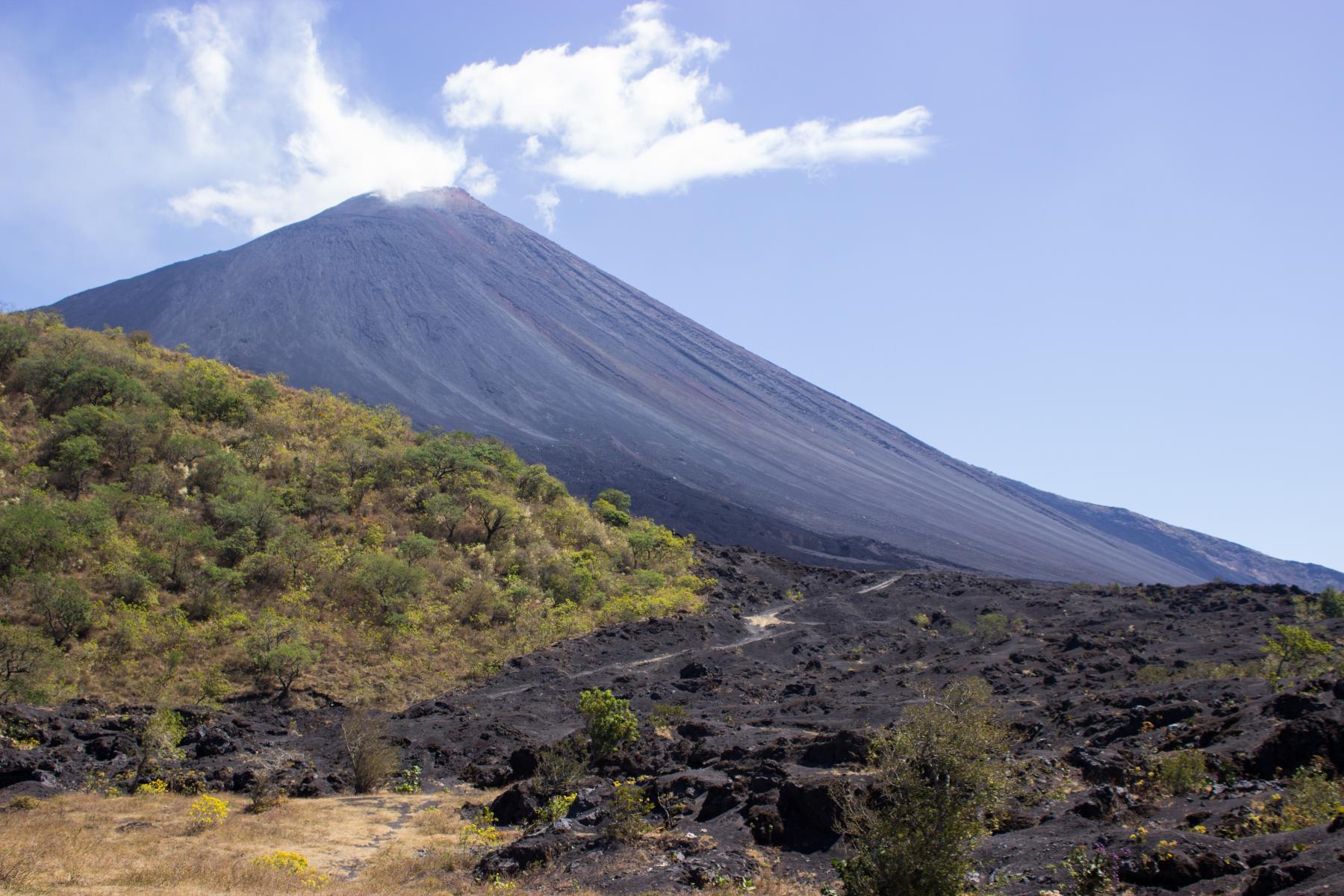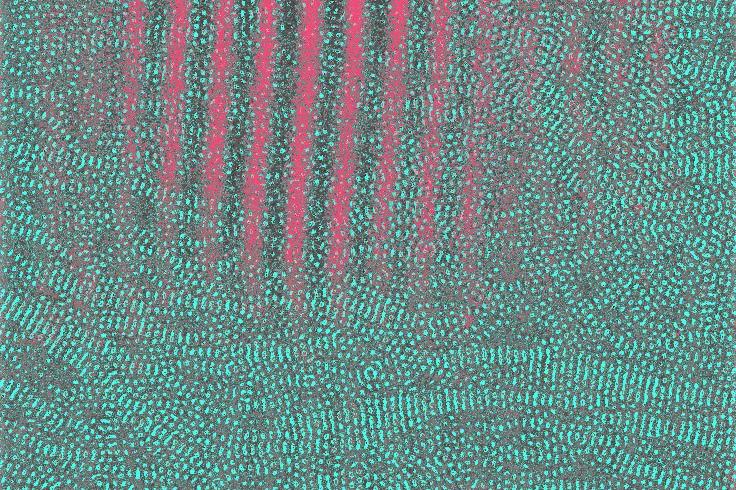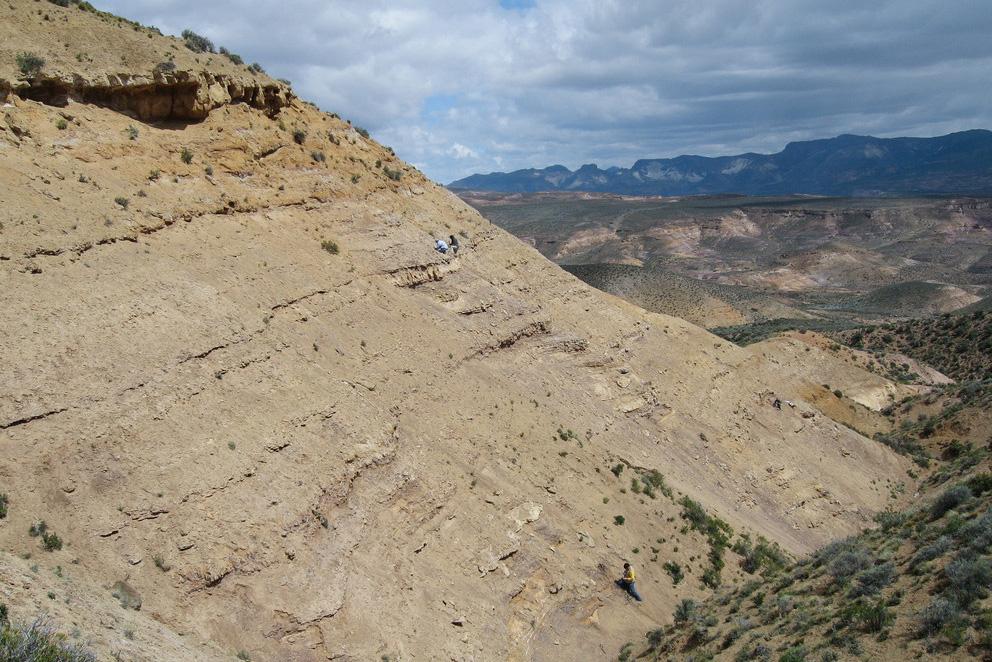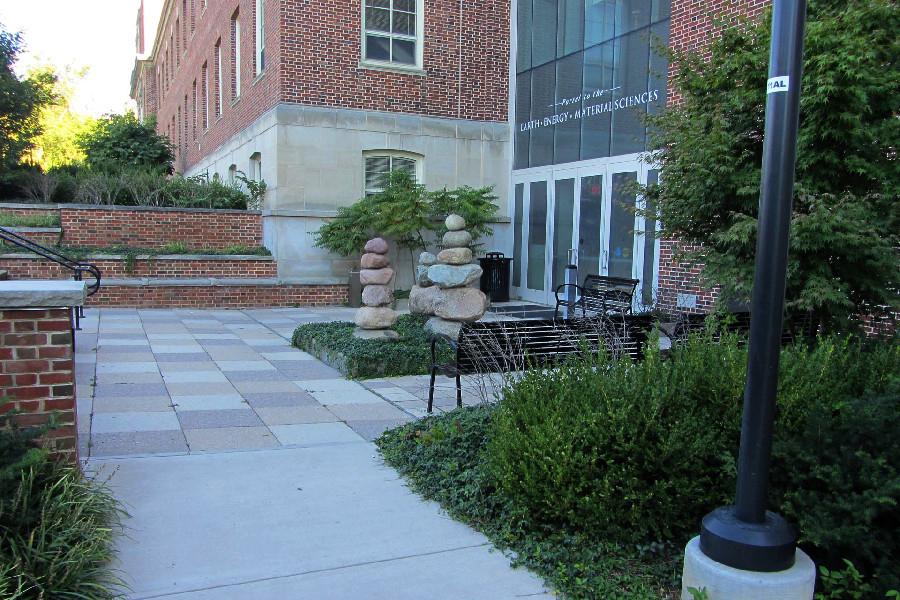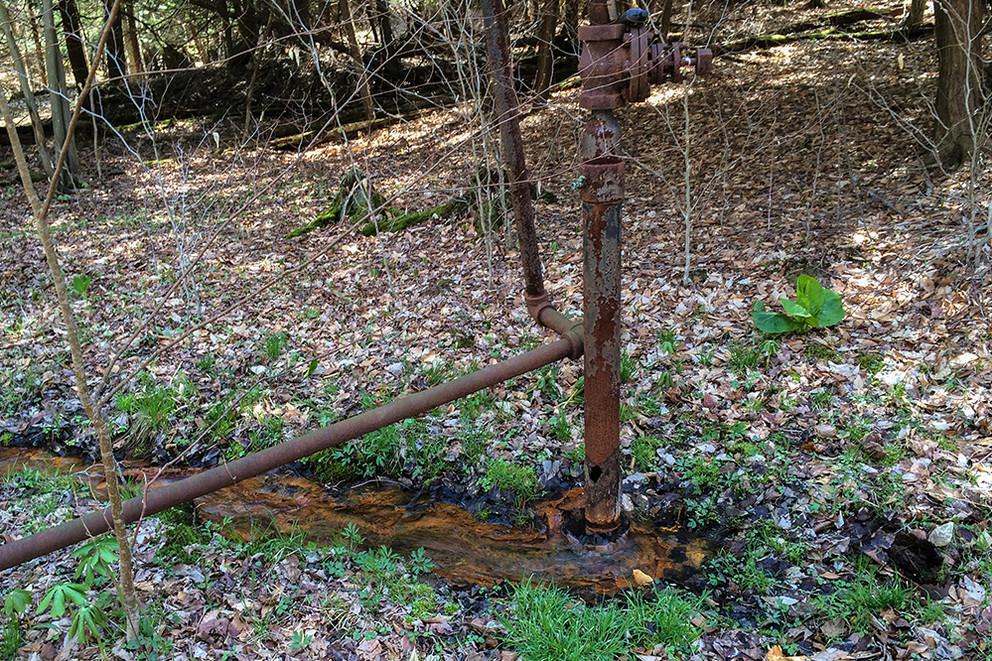Read the latest news about research conducted by investigators in the College of Earth and Mineral Sciences. Our faculty and students are continually advancing technology, creating solutions and expanding knowledge with new and innovative research.
News
A method to detect long-term movements of these mountains using satellite images could help identify previously overlooked instability at some volcanoes, according to Penn State scientists.
Range anxiety, the fear of running out of power before being able to recharge an electric vehicle, may be a thing of the past, according to a team of Penn State engineers who are looking at lithium iron phosphate batteries that have a range of 250 miles with the ability to charge in 10 minutes.
Reactive molecules, such as free radicals, can be produced in the body after exposure to certain environments or substances and go on to cause cell damage.
Fossil leaf assemblages from Patagonia, Argentina, suggest that vegetation in South America suffered great losses following an astroid impact but rebounded quickly.
Researchers from Penn State and AGC Inc. in Japan suggest that the silica glass used for fiber optic cables would have less signal loss if it were manufactured under high pressure.
A team of geoscientists thinks the key to understanding some destructive earthquakes may lie in the deep, gradual slow-slip behaviors beneath the subduction zones.
Leaking natural gas wells are considered a potential source of methane emissions, and a new nanomaterial cement mixture could provide an effective, affordable solution for sealing these wells, according to a team of Penn State scientists.
The Center for Atomically Thin Multifunctional Coatings (ATOMIC), a center focused on the study and development of 2D materials that is part of the National Science Foundation’s Industry/University Cooperative Research Center project, is preparing to move from Phase I to Phase II of the program.
Penn State was selected as an official nominator for the Earthshot Prize, a competition aimed at identifying the most promising solutions to environmental challenges.
People can continue using mineral-based aerosol sunscreens without fear of exposure to dangerous levels of nanoparticles or other respirable particulates, according to Penn State research published in the journal Aerosol Science and Engineering.



